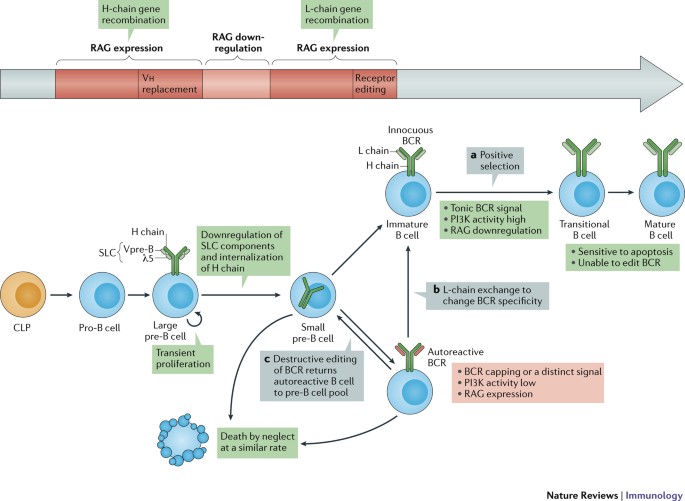- Select a language for the TTS:
- UK English Female
- UK English Male
- US English Female
- US English Male
- Australian Female
- Australian Male
- Language selected: (auto detect) - EN
Play all audios:
You have full access to this article via your institution. Download PDF EVO–DEVO MICROEVOLUTIONARY ANALYSIS OF THE NEMATODE GENUS _PRISTIONCHUS_ INDICATES A RECENT EVOLUTION OF REDUNDANT
DEVELOPMENTAL MECHANISMS DURING VULVA FORMATION. Srinivasan, J. _et al_. _Evol. Dev._ 3, 229–240 (2001) [PubMed] Studying closely related species or subpopulations can help to discover
mutations that are important for phenotypic variation. Here, 13 lab strains of the nematode genus _Pristionchus_ were divided into four different species on the basis of mating experiments
and genetic sequence comparisons, and then molecular variation between strains was studied. As morphologically distinct strains were identical at tested polymorphic loci (using Amplified
Fragment Length Polymorphism analysis), developmental differences might rely only on a small number of genetic changes. MICROBIAL GENOMICS EVOLUTIONARY GENOMICS OF _STAPHYLOCOCCUS AUREUS_ :
INSIGHTS INTO THE ORIGIN OF METHICILLIN-RESISTANT STRAINS AND THE TOXIC SHOCK SYNDROME EPIDEMIC. Fitzgerald, J. R. _et al_. _Proc. Natl Acad. Sci. USA_ 98, 8821–8826 (2001) [PubMed] COMPLETE
GENOME SEQUENCE OF A VIRULENT ISOLATE OF _STREPTOCOCCUS PNEUMONIAE_. Tettelin, H. _et al_. _Science_ 293, 498–506 (2001) [PubMed] Comparative genomic studies of microorganisms are providing
new information on the origins and variation of important human pathogens. Fitzgerald _et al_. used genomic microarrays to compare the genomes of 36 clinical isolates of _Staphylococcus
aureus_ with varying pathogenicity. They found substantial genomic variation and showed that a 1970's epidemic of toxic shock syndrome could not have been caused by the rapid spread of
a hypervirulent strain of _S. aureus_, resolving a long-standing controversy in this field. With the completion of the genome sequence of _Streptococcus pneumoniae_, by Tettelin and
colleagues, similar work can now be carried out on this pathogen. Indeed, a comparison with two clinical isolates reveals striking variation in genes likely to be involved in pathogenesis.
TECHNOLOGY DIPHTHERIA TOXIN RECEPTOR-MEDIATED CONDITIONAL AND TARGETED CELL ABLATION IN TRANSGENIC MICE. Saito, M. _et al_. _Nature Biotechnol._ 19, 746–750 (2001) [PubMed] Saito _et al_.
have used a transgenic approach to ablating cells by introducing into mice a transgene that encodes a human diphtheria toxin (DT) receptor driven by a liver-specific promoter. The
hepatocytes of transgenic mice exposed to DT undergo damage in a dose-dependent manner, leading to hepatitis. This approach could be used to ablate other cell types in DT-insensitive animals
for studies of human disease and tissue regeneration. RIGHTS AND PERMISSIONS Reprints and permissions ABOUT THIS ARTICLE CITE THIS ARTICLE Research Highlights. _Nat Rev Genet_ 2, 654
(2001). https://doi.org/10.1038/35088530 Download citation * Issue Date: September 2001 * DOI: https://doi.org/10.1038/35088530 SHARE THIS ARTICLE Anyone you share the following link with
will be able to read this content: Get shareable link Sorry, a shareable link is not currently available for this article. Copy to clipboard Provided by the Springer Nature SharedIt
content-sharing initiative





